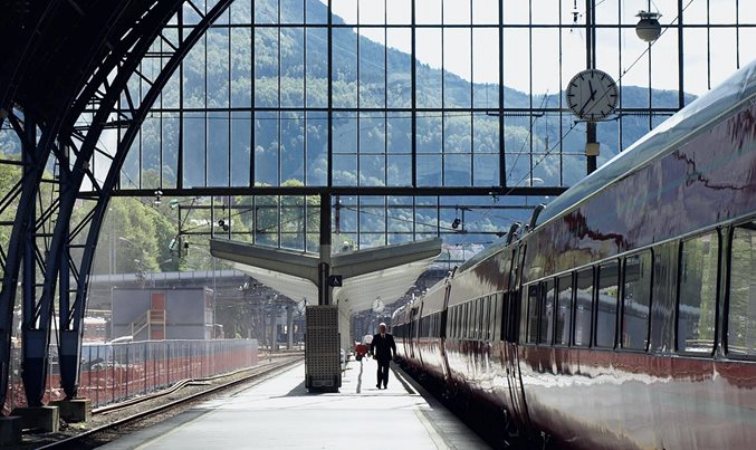
Using analytics to get European rail maintained on track
The volume of European rail traffic is growing rapidly, making it ever more important that tracks, signals, and bridges are safe and reliable. The costs of infrastructure maintenance and renewal already exceed €25 billion a year across Europe, and they are rising. Despite this spending, operators are struggling to adequately maintain their assets resulting in unacceptably frequent delays and cancellations and low levels of satisfaction among rail users.
A pilot study of track segments suggests that operators could reduce maintenance expenditure by up to 30 % on selected tracks—without compromising current levels of network stability—by reducing overinvestment in less-critical segments. Alternatively, they could improve the stability of their networks at no additional cost by reallocating expenditure to the most critical track segments.
Accelerating demand for rail
Rail keeps Europe rolling. Across the European Union, railways transport some nine billion passengers each year along with 1.6 billion tons of freight. And the importance of rail transport continues to grow as networks are modernized; demand increases, and people and governments recognize the advantages of rail over road in terms of speed, safety, and environmental impact.
Europe’s high-speed-rail network has more than doubled in length since 2003, totaling more than 8,400 line kilometers. The volume of passenger traffic has been rising steadily, reaching 450 billion passenger kilometers in 2016 up from 364 billion in 2005.
The rise of rail is good news for railway-infrastructure operators but it also increases the pressure to make operations more productive. Rising railway traffic means that infrastructure needs to be in better shape than ever, making maintenance a crucial ingredient in Europe’s mobility, today and in the future. Operators are struggling to find the right balance among lower costs, operational capacity, and necessary maintenance.
A few key figures underline the extent of the challenge. According to a 2018 Euro barometer survey, only 59 % of Europeans are satisfied with the punctuality and reliability of passenger trains, and only 66 % are satisfied with the frequency of trains. On average, one in ten European local and regional passenger train journeys is delayed. Around 2 % of long-distance, local, and regional journeys are canceled.
A new approach: Harnessing analytics to optimize investment
Analytics can help operators effectively compare actual maintenance activity across a rail network with the optimal state. That, in turn, should allow operators to identify and capture significant cost savings and improve the reliability of their networks.
In our discussions with European rail-infrastructure operators, we found that executives have been trying to address these challenges for a long time. If the suggested approach proves successful, it will have great value for operators in terms of cost efficiency.
A leading European rail infrastructure operator tested the approach in its track segments across four pilot routes. As part of the effort, the operator gathered, cleaned, and structured data on maintenance performance and cost.
Analysis showed that the operator had the potential to reduce its maintenance expenditure by 15 % to 30 % while maintaining the same level of network performance it achieves today. Here, performance is defined as network quality and stability in terms of the number of slots that are expected to be kept across all routes. Alternatively, the operator could achieve significant improvements in network stability without spending more.
By mapping the probability of failure of each rail segment and the severity of it failing in the routes under study, the operator was able to identify several lower criticality segments where there was possible overinvestment in maintenance. But there was also evidence of possible underinvestment in several critical segments that tolerate little vulnerability.
Taking action now
Infrastructure operators have several opportunities to maximize their investments by applying this approach. The first step is to evaluate individual operators’ maintenance spending and performance to guide the distribution of future budgets or to benchmark past allocations. For example, an operator could establish a fixed maintenance budget that optimizes performance at the lowest possible cost.
Operators also have an opportunity to compare the investment productivity the money invested to achieve a particular level of performance improvement of various regions and countries. By encouraging shared learning and problem solving, this approach can put European rail on track for rapid growth, sustained high performance, and happy customers across the continent.
McKinsey